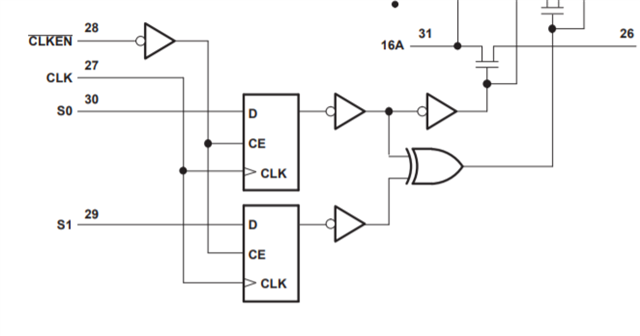Other Parts Discussed in Thread: SN74CBT16232, TMUX646, SN74CBT16292
Hi team,
A customer is looking for a device to switch the signal from CPU and FPGA to LCD.
Please see the file for system block diagram.
I am thinking if this device is suited, but he may need to use more than 3 pcs in every system.
Could you suggest a relatively simple solution?
Best,
Zeming




